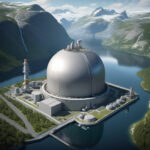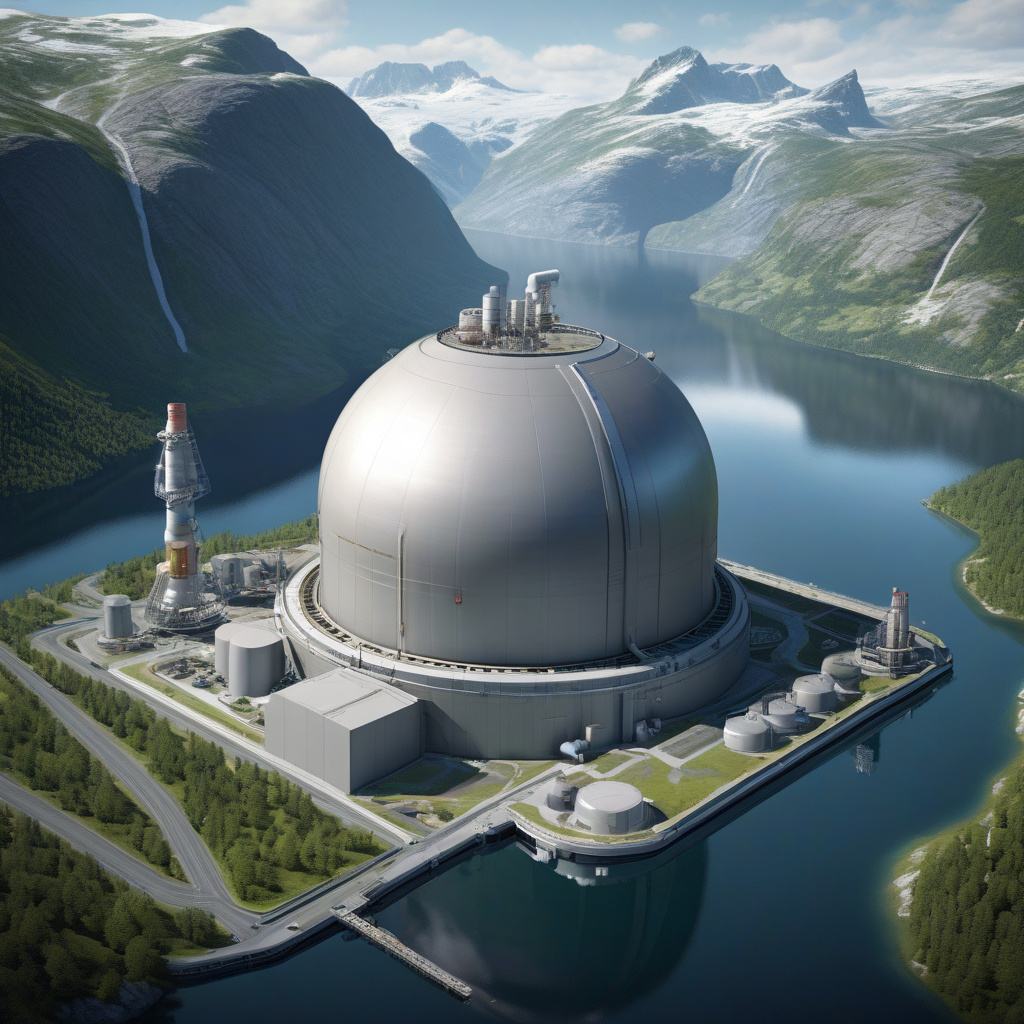Norway’s Ambitious Plan: Floating Nuclear Reactors to Revolutionize Energy Production
Norwegian energy and nuclear project developers have joined forces to explore an innovative maritime solution that could potentially transform the country’s energy landscape. The plan involves the deployment of floating nuclear reactors, with a capacity ranging from 200 to 250 MW, to power industries and significantly reduce emissions.
This groundbreaking initiative comes at a time when Norway is intensifying its efforts to combat climate change and transition towards a more sustainable future. By harnessing nuclear energy, a low-carbon power source, the country aims to not only meet its energy demands but also drive down greenhouse gas emissions associated with traditional fossil fuel-based industries.
The concept of floating nuclear reactors is not entirely new, with Russia pioneering such technology through its development of floating nuclear power plants. These compact reactors, mounted on platforms or barges, offer a flexible and scalable energy solution that can be deployed in remote locations or areas with limited land availability.
One of the key advantages of floating nuclear reactors is their ability to provide a stable and reliable source of electricity, independent of external factors such as weather conditions or geographical constraints. This resilience is particularly crucial for industries that rely on uninterrupted power supply, such as manufacturing plants, data centers, and critical infrastructure facilities.
Moreover, floating nuclear reactors have the potential to revolutionize Norway’s energy sector by enabling the electrification of key industries currently dependent on fossil fuels. By integrating nuclear power into the energy mix, the country can achieve substantial reductions in carbon emissions while maintaining a competitive edge in the global market.
Despite the significant benefits of floating nuclear reactors, the initiative is not without challenges and considerations. Safety, environmental impact, regulatory frameworks, and public acceptance are among the critical aspects that need to be carefully evaluated and addressed to ensure the successful implementation of such projects.
In addition, the economic viability and long-term sustainability of floating nuclear reactors will play a crucial role in shaping the future of Norway’s energy infrastructure. While nuclear power offers a clean energy alternative, the initial investment costs, operational expenses, and decommissioning requirements must be thoroughly analyzed to assess the overall feasibility of the projects.
As Norway sets its sights on embracing floating nuclear reactors to power industries and reduce emissions, collaboration between government agencies, industry stakeholders, and the public will be essential in driving innovation and overcoming potential hurdles. By fostering an open dialogue and transparent communication, Norway can pave the way for a more sustainable and resilient energy sector.
In conclusion, the prospect of floating nuclear reactors represents a bold and forward-thinking approach to energy production that has the potential to revolutionize Norway’s industrial landscape. By leveraging nuclear power in a novel and innovative manner, the country can take significant strides towards achieving its climate goals and securing a greener future for generations to come.
#NorwayEnergy, #FloatingReactors, #NuclearInnovation, #SustainableFuture, #ClimateAction












